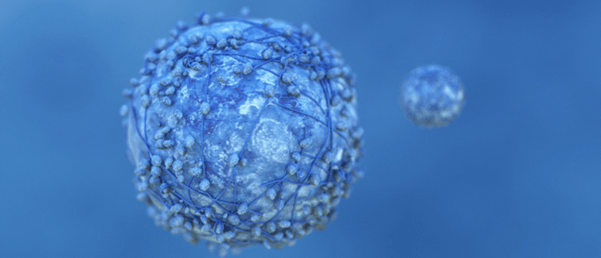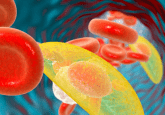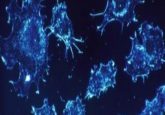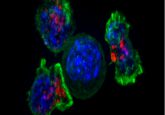A spatial profile of pancreatic cancer tumors

A spatial map of pancreatic cancer tumors reveals key transition points in cancer development, providing insight into treatment resistance.
Researchers at Washington University School of Medicine in St. Louis (MO, USA), as part of the Human Tumor Atlas Network, have developed a cell atlas of pancreatic cancer tumors, which has allowed them to examine how the disease progresses as well as potential treatments.
Pancreatic cancer has limited treatment options and a low survival rate. Pancreatic tumors lack the surface molecules necessary for checkpoint immunotherapy, a common treatment option for other cancers. This has motivated researchers to better understand pancreatic tumor growth and the transitional periods from healthy to precancerous cells and precancerous to cancerous cells. The more we know about these aggressive tumors, the more targeted treatments can become.
“Pancreatic cancer is so difficult to treat, and to develop better treatments we need to understand how normal, healthy cells in the pancreas transition to becoming cancerous,” commented co-senior author Li Ding.
The research team gathered 83 pancreatic tumor samples from 31 patients and analyzed the genetic and protein profiles of each sample, comparing samples from different areas of the same tumor as well as different stages in treatment.
“We have a lot of snapshots of these tumors, but what we really need is a movie,” suggested co-senior author Ryan Fields. “It’s very hard to study these tumors in patients across the spectrum of treatment. The point of the Human Tumor Atlas Network is to document the tumors across space and time so we have more of a continuous movie rather than distinct snapshots.”
 Outrunning pancreatic cancer: the potential impact of exercise on treatment responses
Outrunning pancreatic cancer: the potential impact of exercise on treatment responses
We spoke to Emma Kurz about her research investigating the link between aerobic exercise and anti-tumor immune activity.
The current study spatially and temporally mapped two key transition points: the healthy to precancerous cell transition and the precancerous to cancerous cell transition. Additionally, they examined the characteristics of these cells in the hopes of one day being able to predict if cells are about to enter these transition periods. Screening for these characteristics would then allow for the development of preventative therapies.
The research team also identified a number of signaling molecules that could make pancreatic tumors more susceptible to immunotherapies: “The surface molecules that make traditional checkpoint inhibitors work on other cancers are simply absent in pancreatic tumors. We basically found a parallel interaction using two different molecules that are present in pancreatic cancer. We are excited about the prospect of exploring this interaction as a way to develop a new type of checkpoint immunotherapy for this tumor type,” reported Ding.
Previous research has shown that pancreatic tumors often develop resistance to chemotherapy over time. Ding, Fields and colleagues discovered a ‘chemo-resistance signature’, which informs how the tumors adapt to evade chemotherapeutics. Additionally, an increase in inflammatory cancer-associated fibroblasts around the tumor is associated with chemotherapy resistance, which may point to inflammatory fibroblasts as viable targets for overcoming chemo-resistance.
In future, the research team will explore a third transition period: the shift from the original tumor to metastatic disease. However, the current study provides an important base upon which this further research can be conducted, exhibiting new ways to investigate pancreatic cancer development.





